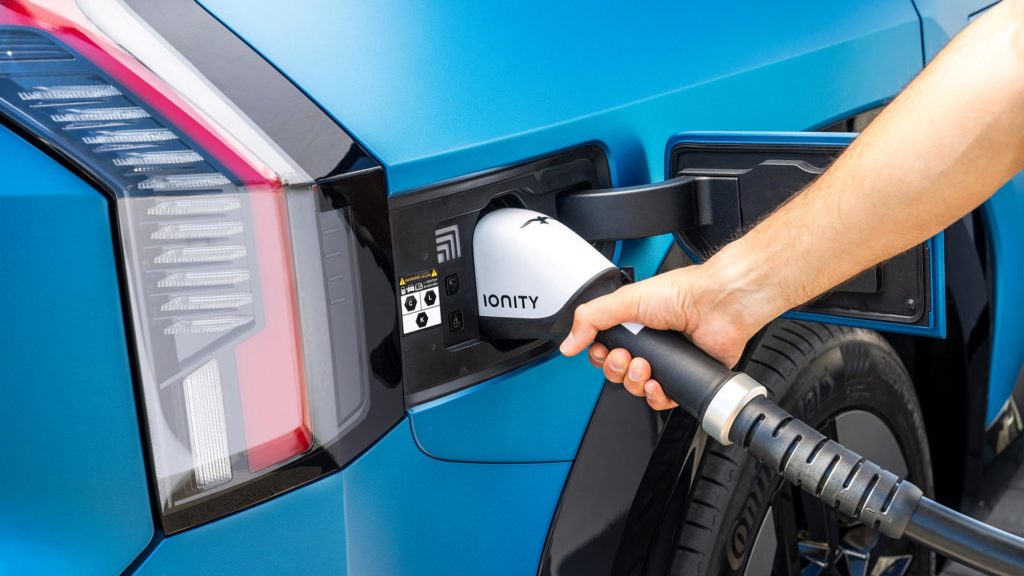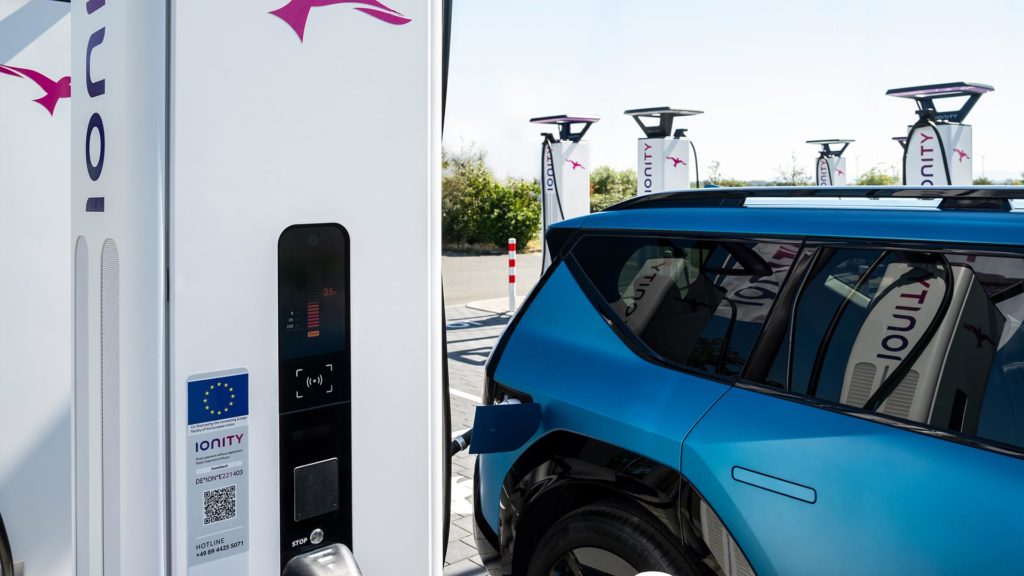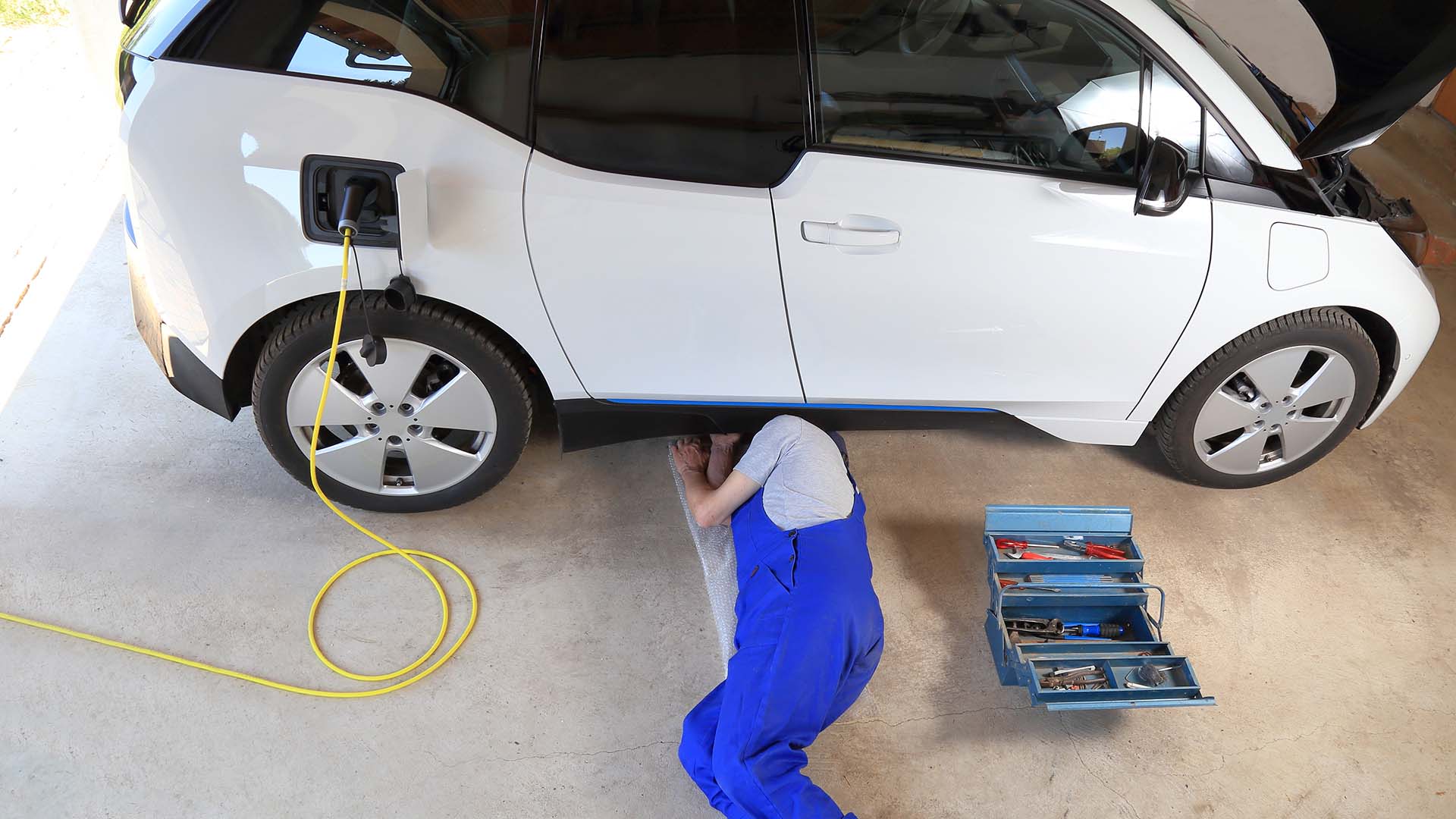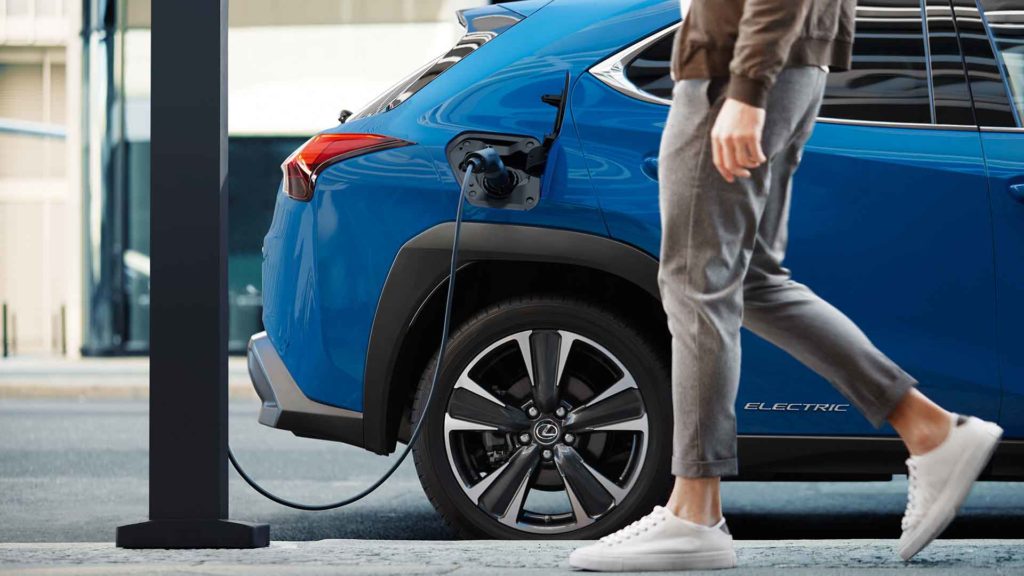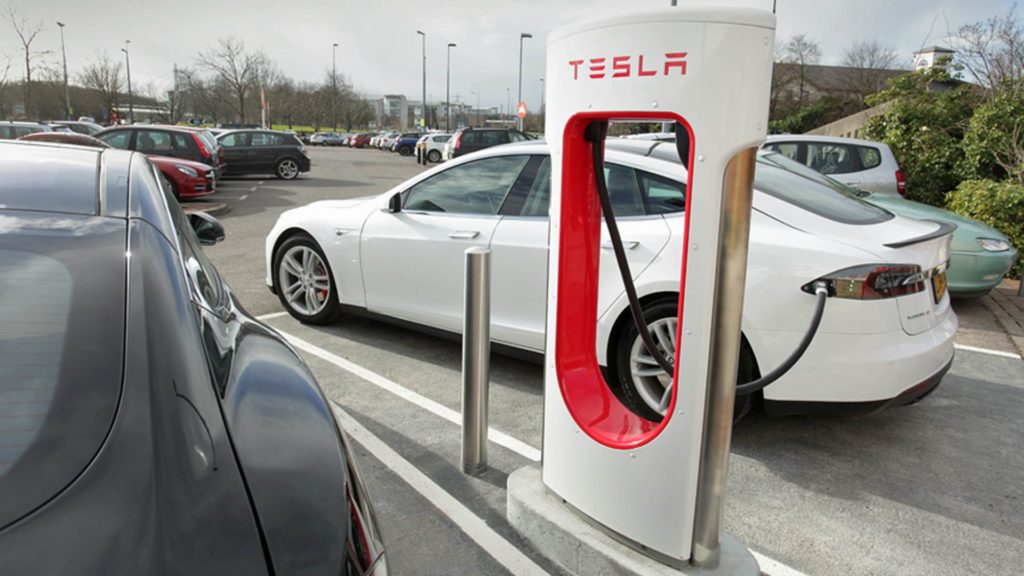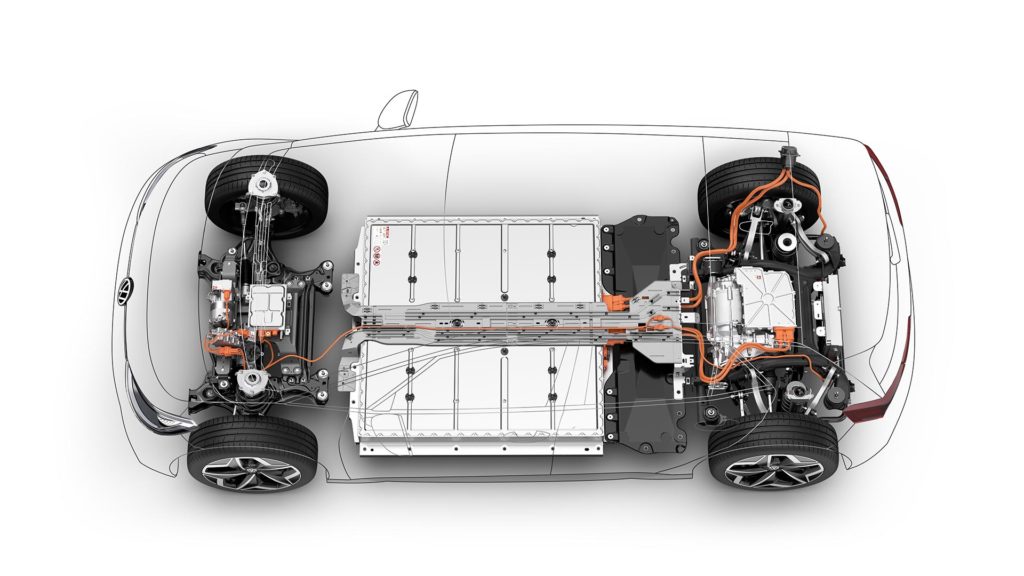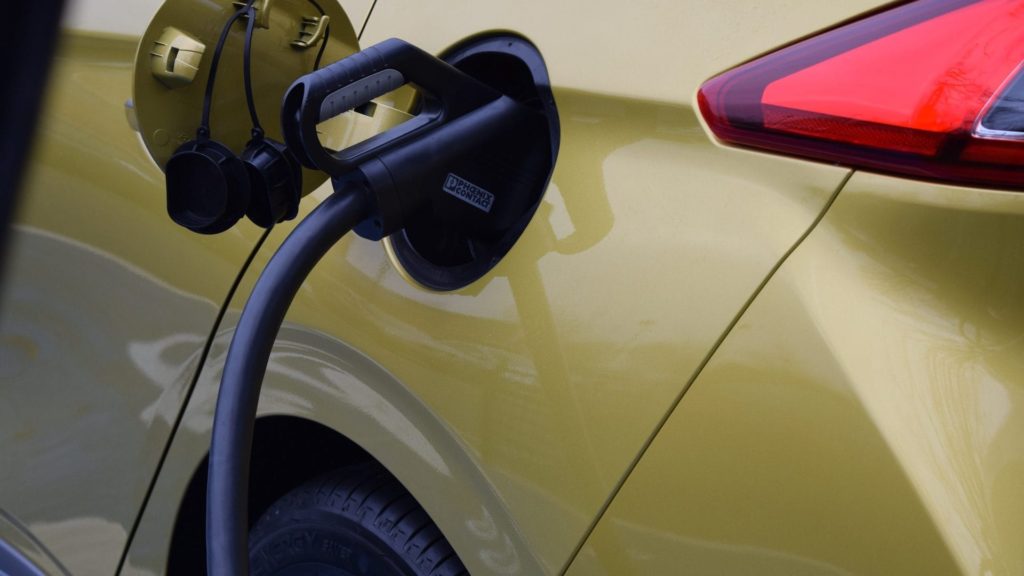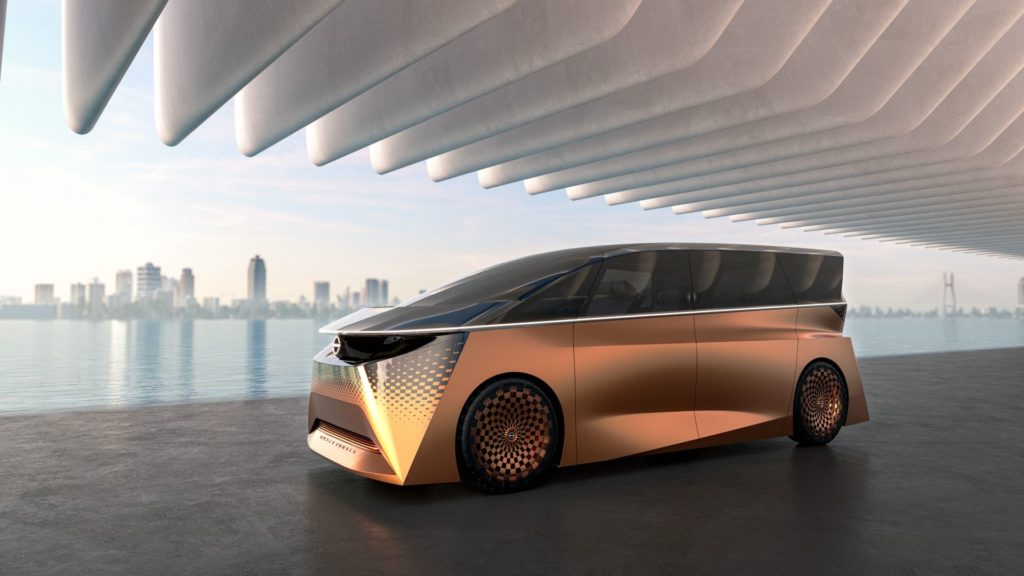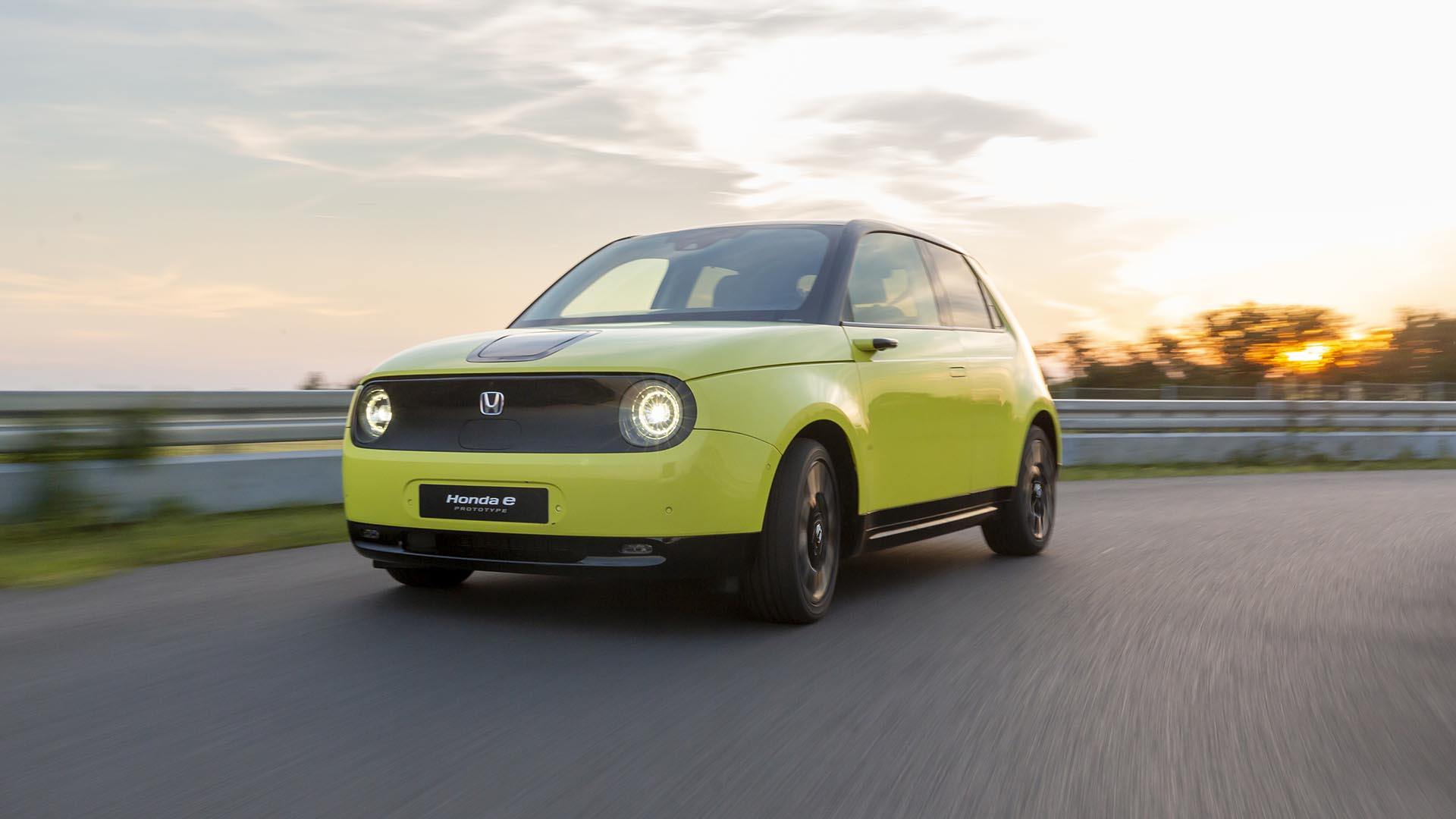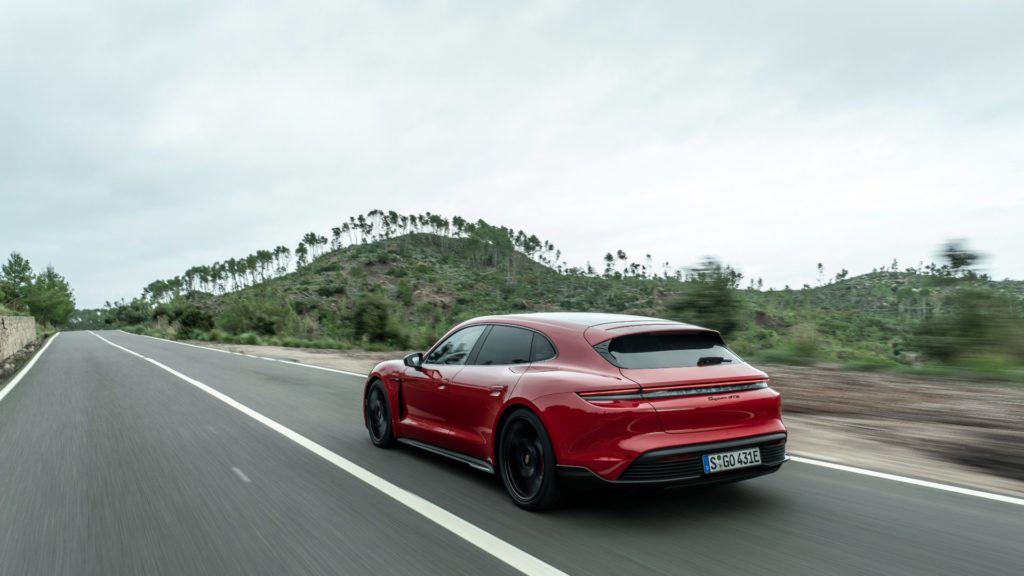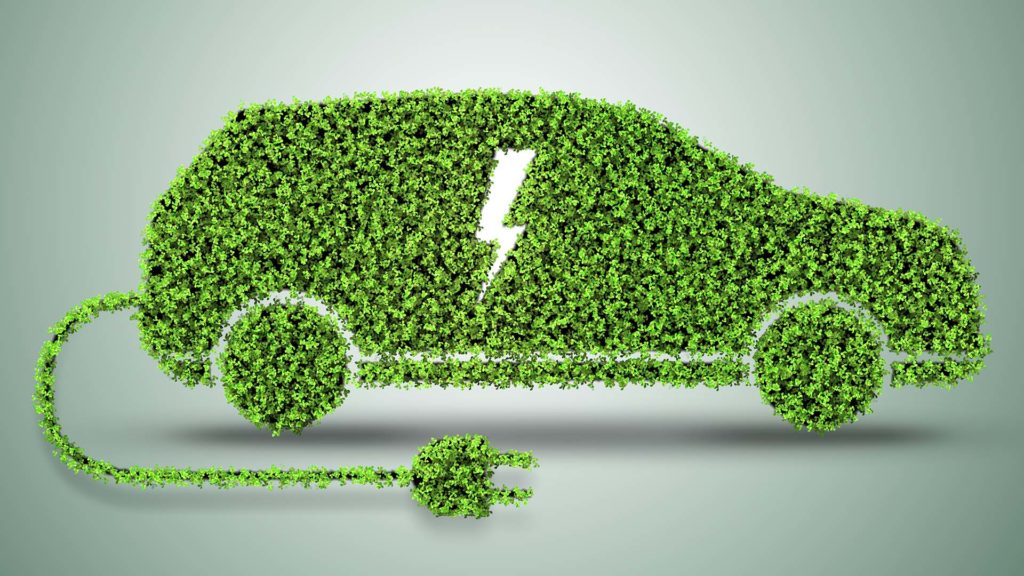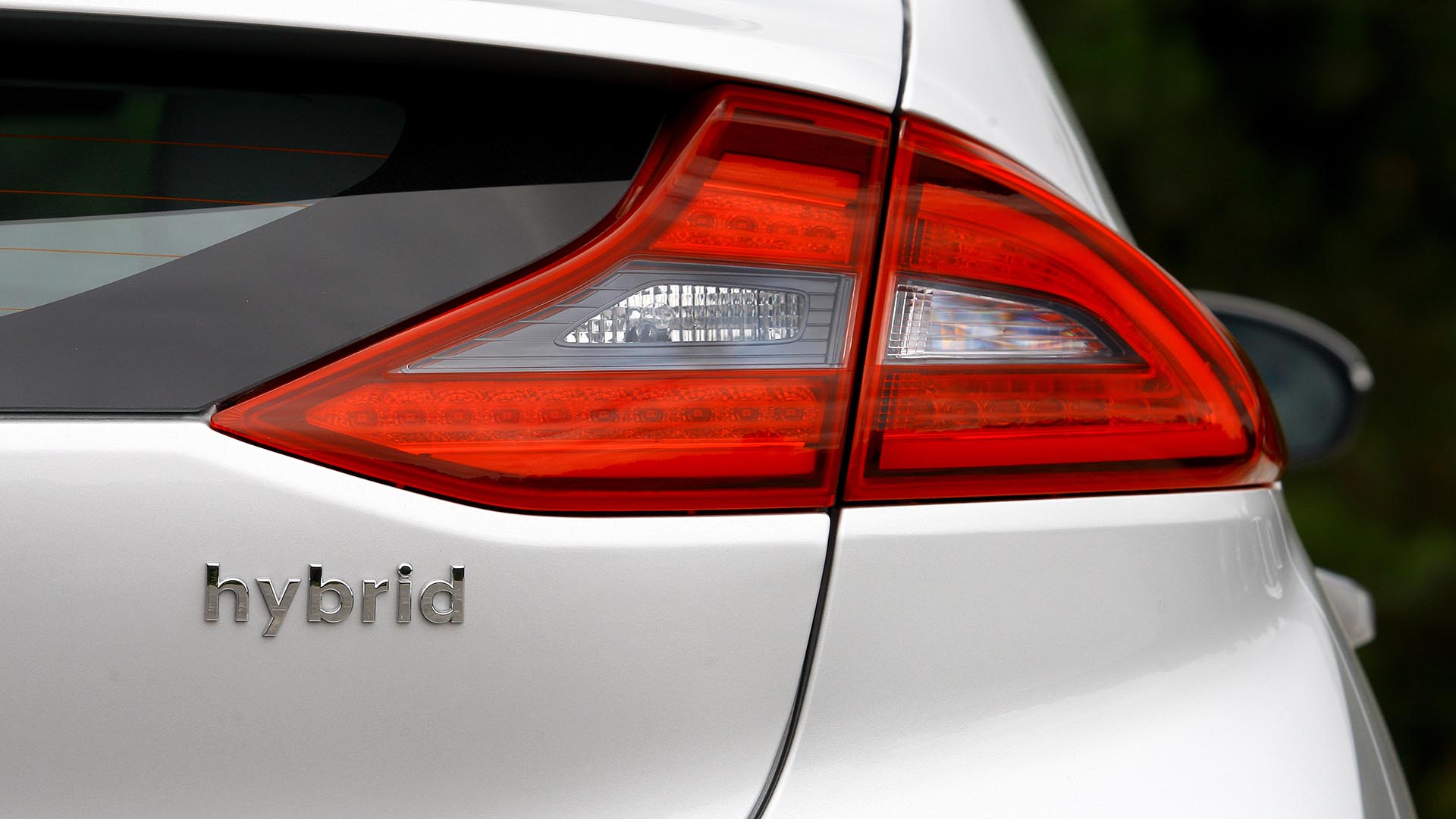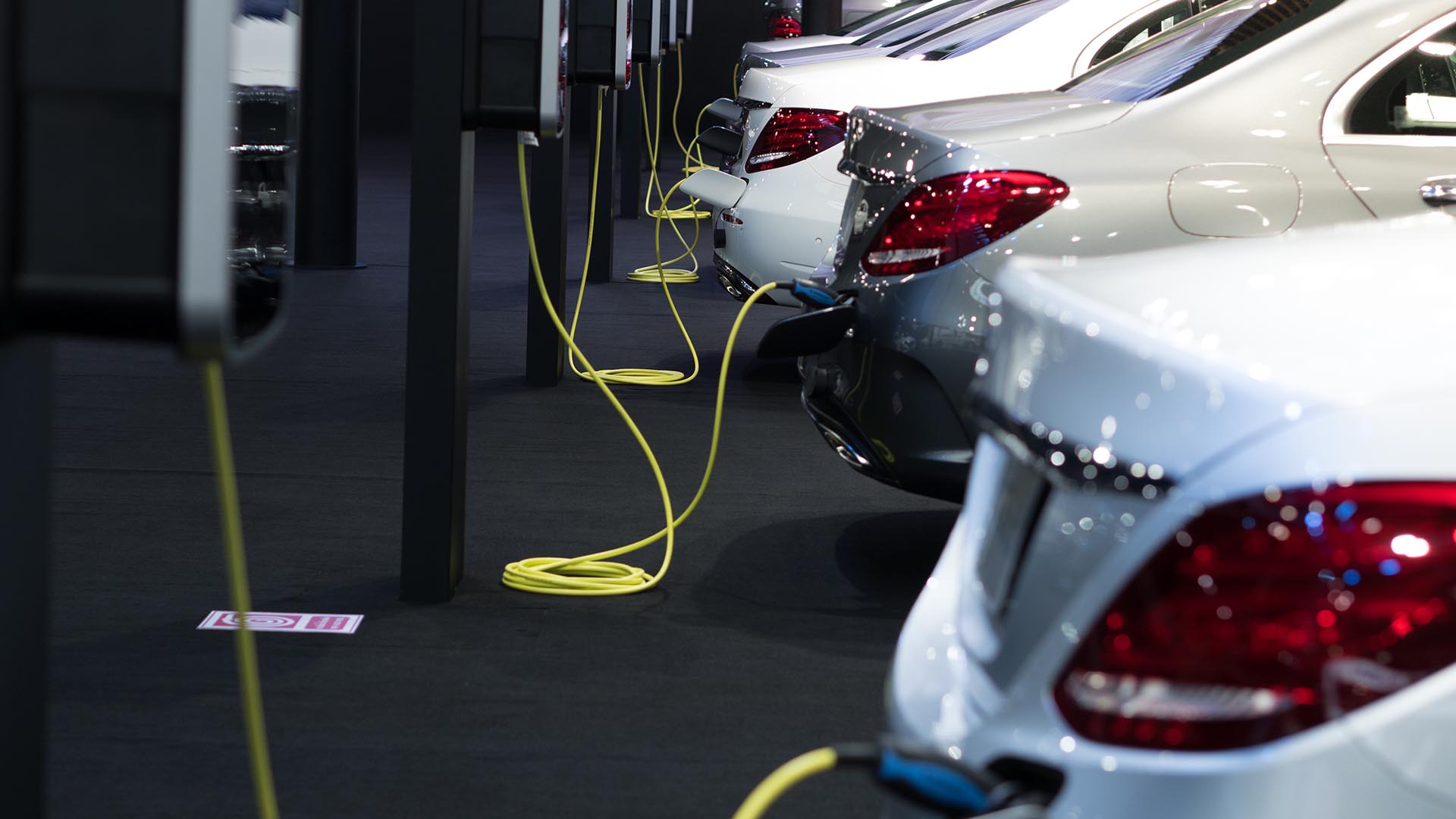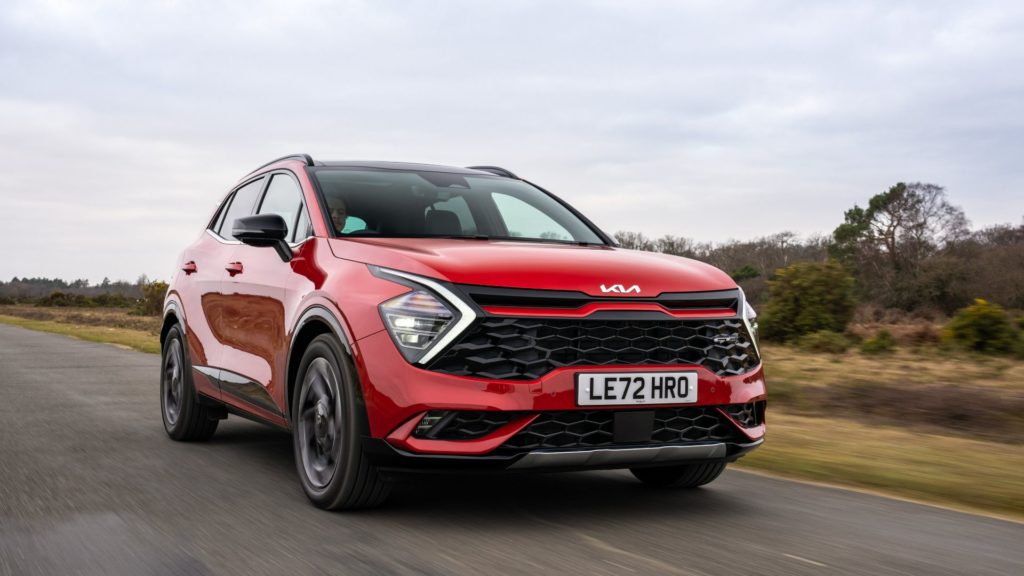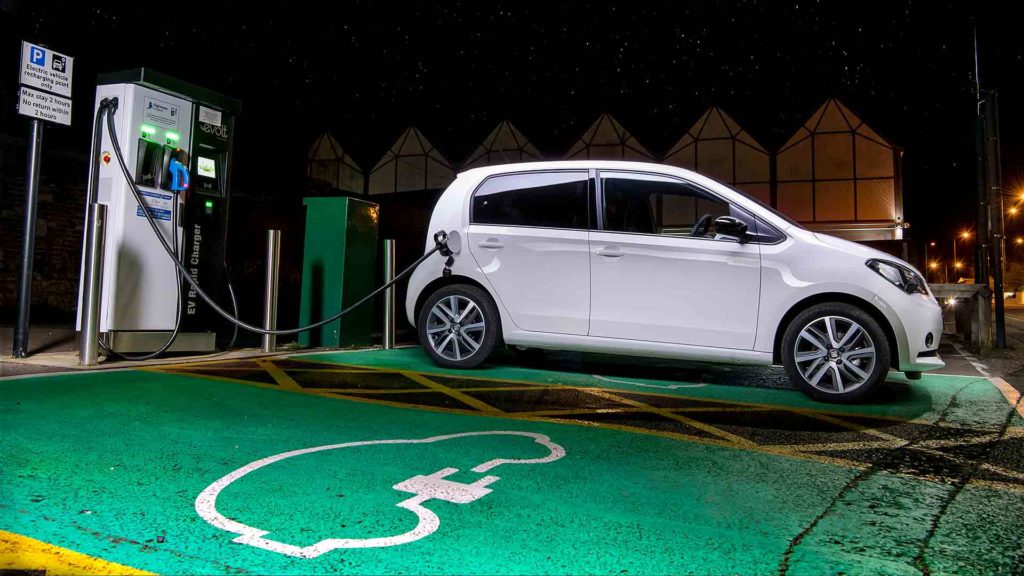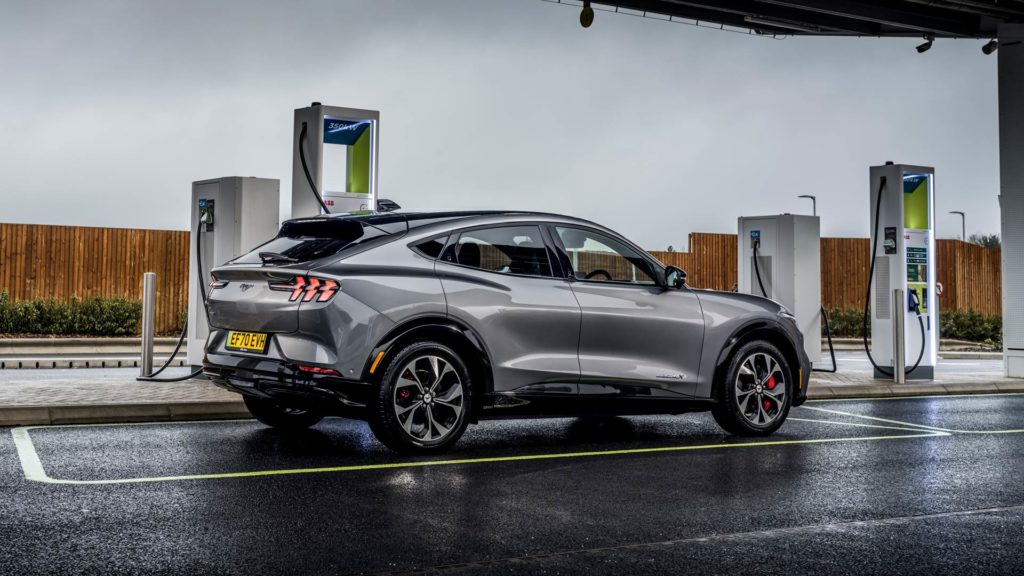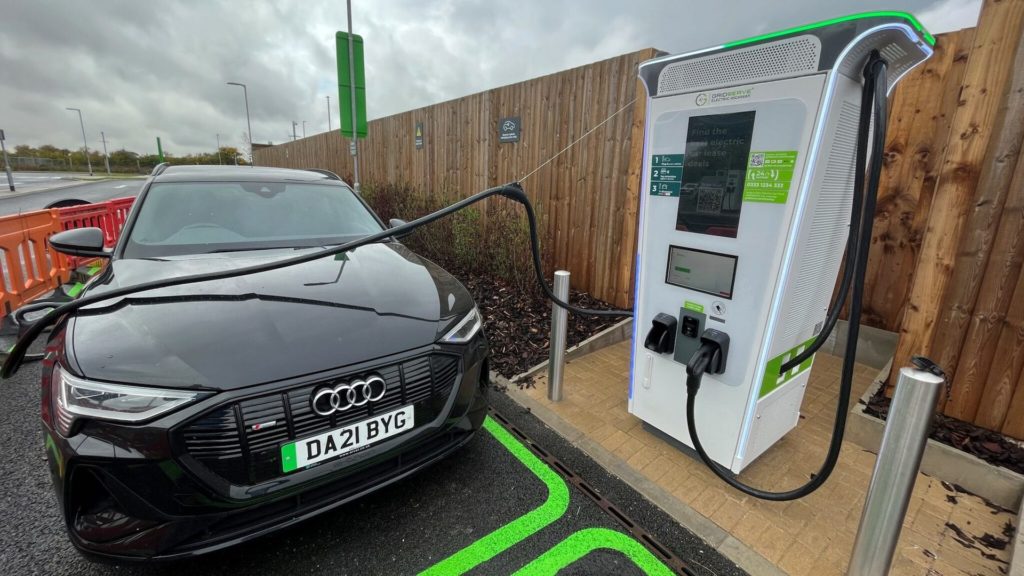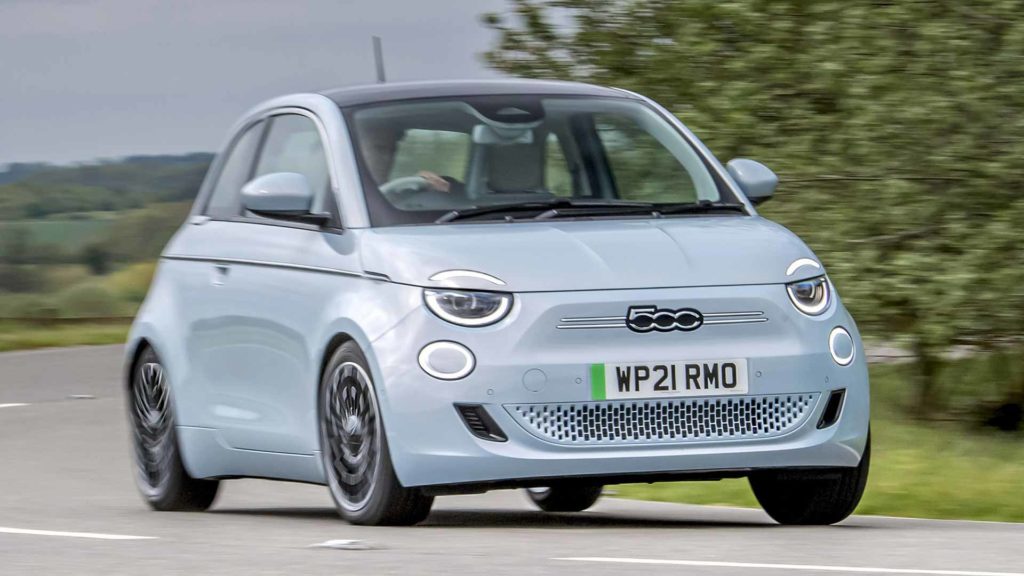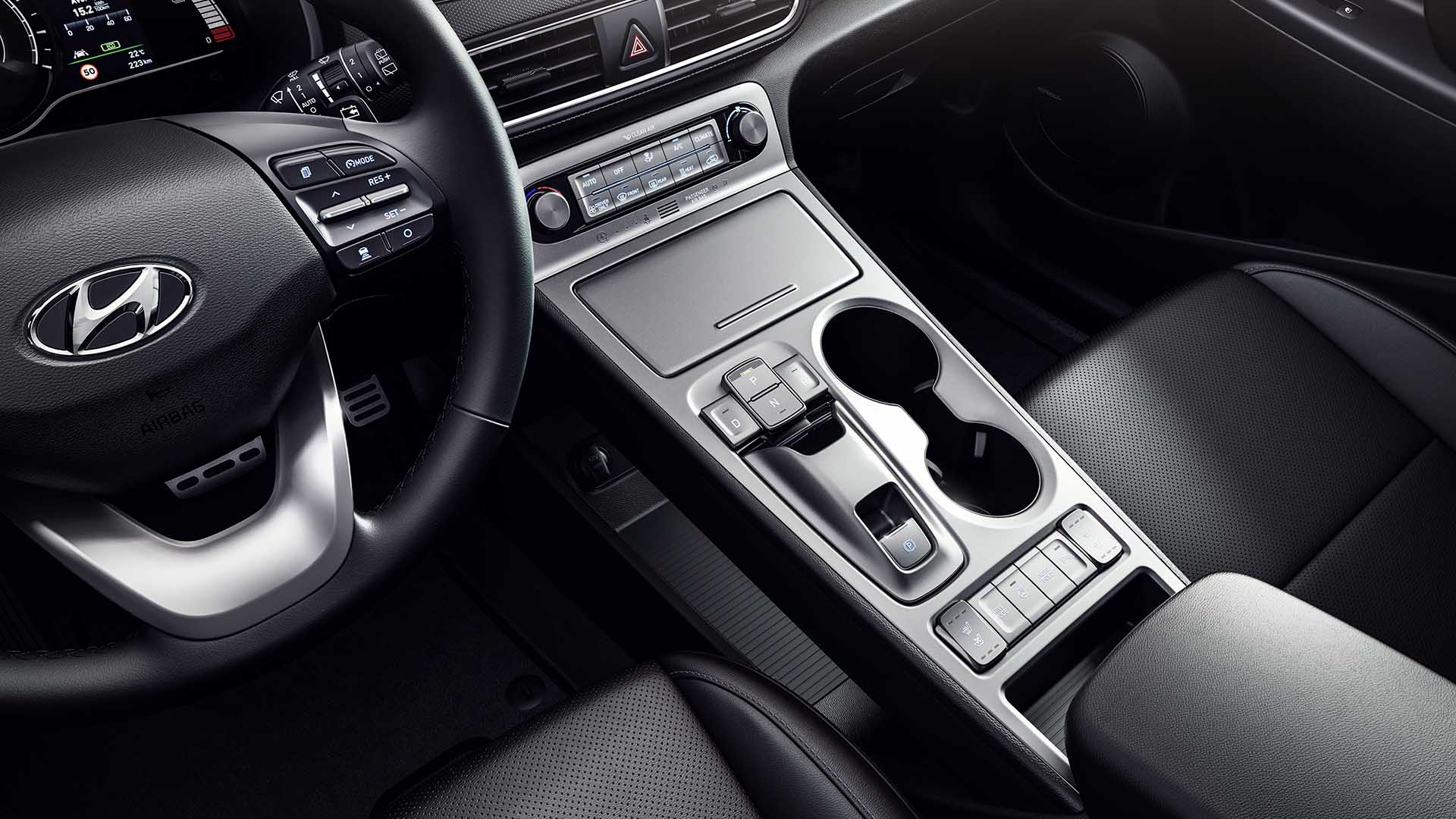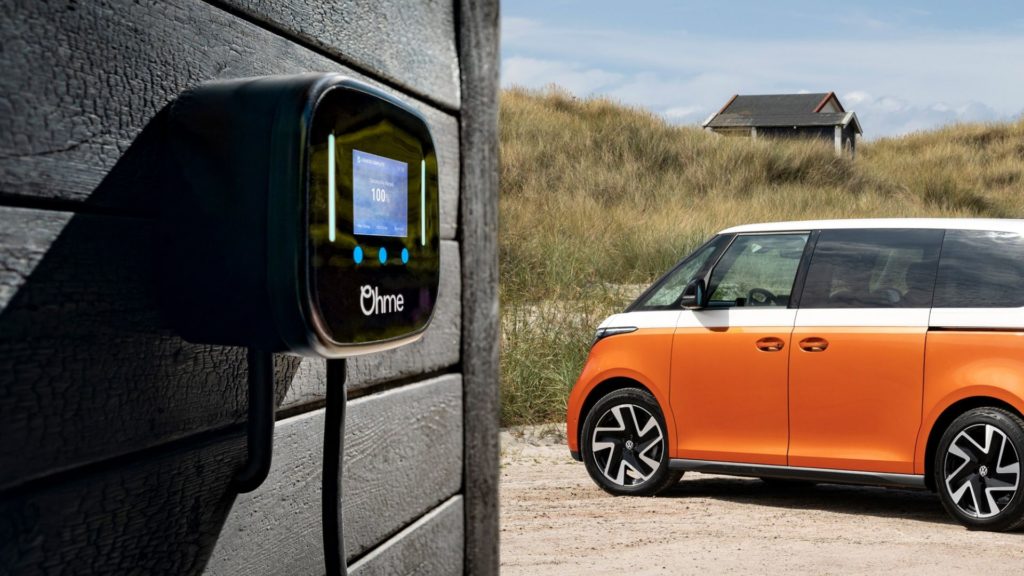Miles per kilowatt-hour (kWh) is the electric vehicle equivalent of miles per gallon (mpg) in petrol or diesel cars.
In other words, it tells you the distance you can expect your electric car to travel for every kilowatt-hour of energy consumed.
Glossing over the fact that we still use miles per gallon as a measurement for fuel economy, even though we pay per litre of fuel, we know that a higher number is better for your wallet. A 50mpg family hatchback will visit the pumps less frequently than a 20mpg sports car. You’ll spend a similar amount for a tank of petrol or diesel, but travel further per litre of fuel consumed.
In an electric car, the miles per kWh figure indicates how many miles you can go for every unit of electricity. The figure is arguably more important than the car’s official range, which is the figure most buyers look at when deciding which electric car to buy.
Put it this way: a car with a 100kWh battery might offer 300 miles of range, but if it’s heavy and cumbersome, it’s likely to be less efficient than a lightweight electric car with a 50kWh battery and the same 300 miles of range. Both will get you there, but the 50kWh EV will consume less electricity and therefore be cheaper to run.
How to calculate miles per kWh
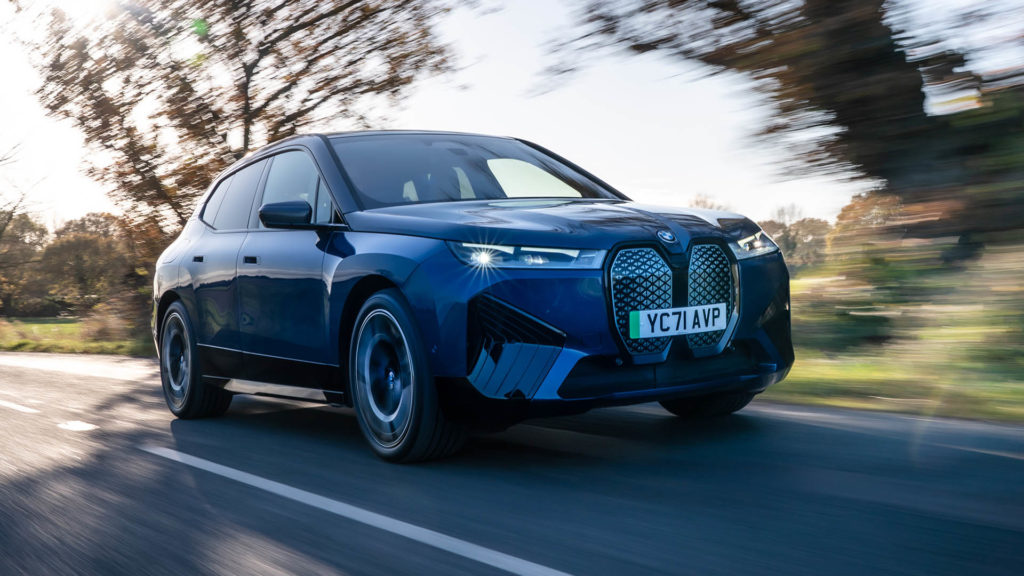
If the miles per kWh figure isn’t provided by the manufacturer or the car review you are reading, it can be calculated using the following formula:
- Miles per kWh = distance travelled (in miles) / energy consumed (in kilowatt-hours)
Giving that a real-world slant: if an electric car covered 200 miles and consumed 50kWh of electricity, the calculation would be 200 miles divided by 50kWh, which gives four miles per kWh.
Some examples of miles per kWh
As you’ll see from the following examples, bigger (and more expensive) isn’t necessarily better when it comes to the efficiency of an electric car.
On the contrary, the Vauxhall Corsa Electric, one of the UK’s most affordable electric cars, boasts a figure of 5.0 miles per kWh, making it one of the most efficient cars you can buy. Similarly, the 42kWh version of the Fiat 500 Electric offers 4.8 miles per kWh, while the Renault Megane E-Tech Electric and Volkswagen ID.3 (77kWh) boast figures of 4.6 miles and 4.5 miles per kWh, respectively.
Fancy a family SUV with good efficiency? Take a look at the Skoda Enyaq iV 80, which offers an official 4.0 miles per kWh. For context, the figure for the luxurious BMW iX is 3.41 miles per kWh, while the Jaguar I-Pace fares even worse at 3.24 miles per kWh. You can expect modest efficiency from sporty EVs such as the Porsche Taycan and Audi E-tron GT, too.
How reliable is the miles per kWh figure?
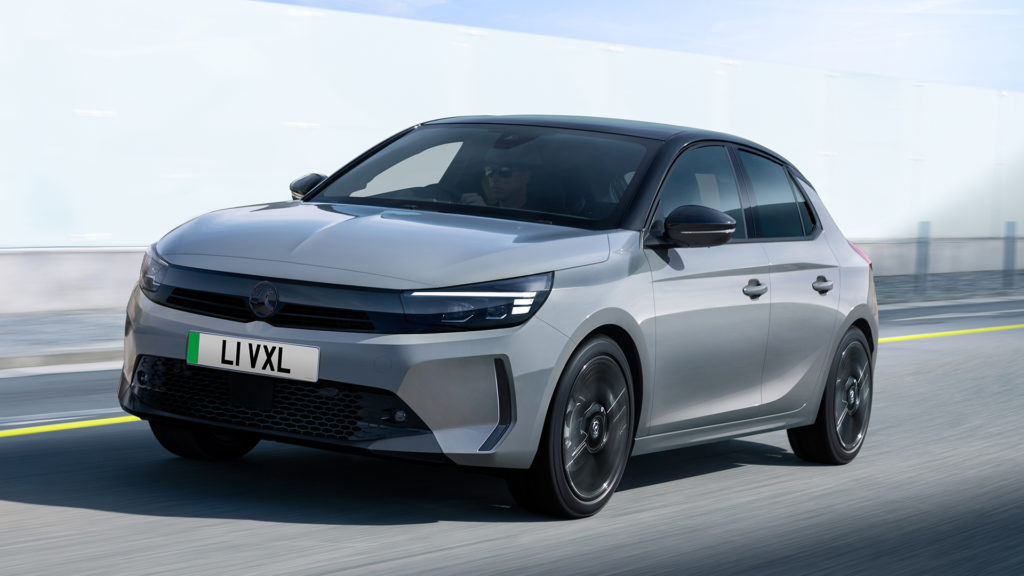
Just like the miles per gallon figure, the miles per kWh figure should only be used as a guide. Electric cars use lithium-ion batteries, which rely on a chemical reaction to create electricity. In cold weather, the chemical reaction is slower, making the battery less efficient. This means you can expect fewer miles of range.
As pointed out by Gridserve, studies show that once temperatures hit freezing, the impact on range is around 10 to 20 percent, which means an electric car with an official 200 miles of range is more likely to achieve 160 miles.
Other factors that can influence efficiency include driving behaviour, topography, tyre pressure and the use of regenerative braking.
But the key factor is that the miles per kWh figure is a great comparison tool when you’re buying an electric car. And unlike traditional fuel economy, which can be measured in both miles per gallon (mpg) and litres per 100 kilometre (l/100km), it’s a standard measurement used across the industry.
Above all, understanding a car’s miles per kWh figure will save you money and ensure you buy the right electric car for your needs.
ALSO READ:
Should you think twice before buying a used electric car?
What is electric car preconditioning and why should I use it?



